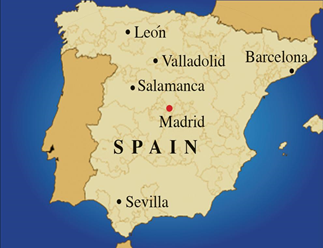English is very vast language and its ever changing vocabulary makes it ideal for etymological studies. The language contains various words that have an interesting history and facts associated with them.

Here are a few words of English language that have fascinating historic facts related to them.
Awkward
Awkward is an adjective that is centered on the ‘Old Norse Afugr,’ which means “turned the wrong way around.” Hence, apart from its general meaning ‘Lacking grace,’ the word could also be applied to an animal that is on its back and can’t get up.
Daisy
The word daisy comes from the concept of contraction of ‘day’s eye.’ This concept even applies to the daisy flower that is opened during the day, but closes during the night.
Squirrel
Squirrel lives on the tree and runs too fast that you cannot catch it. But, did you know that the word squirrel finds its origin from the Greek word ‘skiouros,’ which means “shadow-tail.”
Sarcasm
Though, a lot of people usually don’t get the sarcasm, the sarcastic souls enjoy having sarcastic conversations. The word evolved from Greek word ‘sarkazein’ meaning “to tear flesh.” Now you know why passing sarcastic comments makes you look so evil once the person gets the actual meaning.
Girl
In ancient time, the word girl was used to refer to a young person or child of either sex i.e. it wasn’t particularly associated with female child. However, the origin of the term is not certain, but it is related to the Low German ‘gör’ that means “child.”
In the End
These are some interesting words in English language. If we have missed out on something do let us know in the comments section. This post shows how vast languages are and if you are not proficient in them you can make some serious blunders. So, in order to avoid such instances, it is better to avail translation service when dealing with languages that you are not familiar with. Call 888-670-3369 to hire translators.













